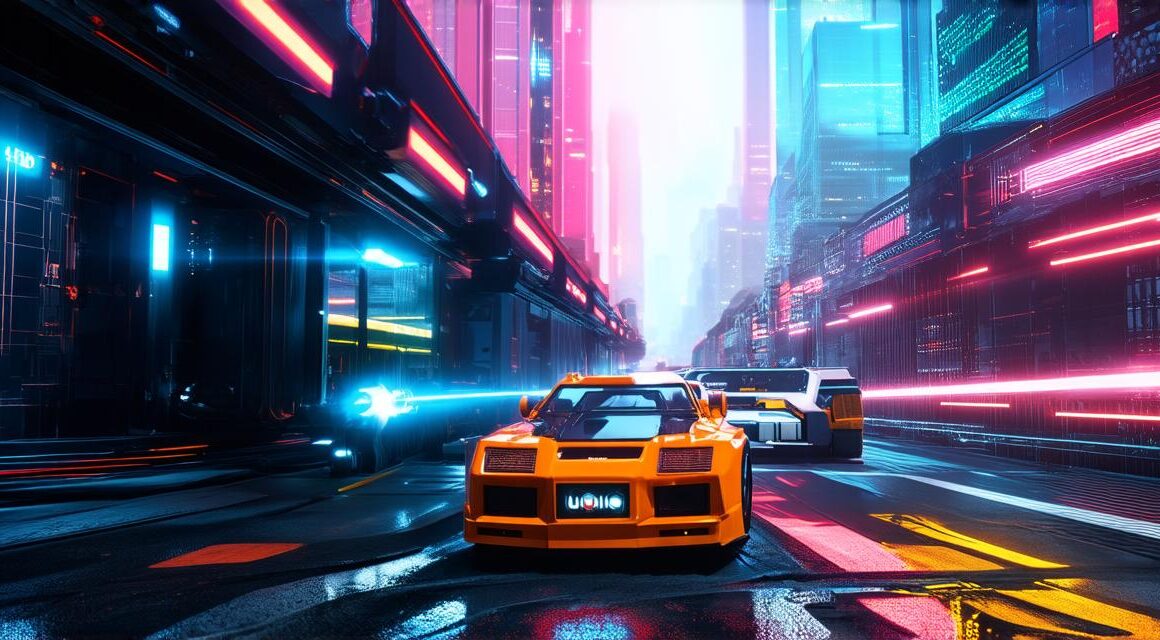Introduction
As an experienced unity game developer, you understand the importance of creating visually stunning and immersive experiences for your players. One of the best tools available to achieve this goal is Cinemachine, a powerful camera system that allows you to create complex camera movements and animations with ease.
What is Cinemachine?
Cinemachine is a camera system developed by Unity Technologies that provides a flexible and powerful way to create complex camera movements and animations in your Unity projects. It’s designed to be easy to use, with a simple workflow that allows you to quickly and easily create stunning visual effects without needing extensive experience or advanced technical skills.
One of the key benefits of Cinemachine is its ability to handle a wide range of camera types and movements, including static, follow, dolly, crane, and more. This makes it easy to create dynamic and engaging camera work that enhances the overall visual storytelling of your game or application.
Features of Cinemachine
Cinemachine is packed with features that make it an ideal choice for unity game developers looking to create stunning visual effects. Some of the key features include:
- Camera Layers: Cinemachine allows you to create multiple camera layers, each with its own unique settings and behaviors. This makes it easy to create complex camera movements and animations by combining different camera types and movements together in a single scene.
- Timelines: Cinemachine includes powerful timeline tools that allow you to create complex camera animations and movements with ease. You can use timelines to create smooth, fluid camera transitions between different camera types and movements, as well as to add additional effects like vibration and shake.
- Curves: Cinemachine includes a range of curve tools that allow you to create complex camera movements and animations with ease. You can use curves to create smooth, fluid camera transitions between different camera types and movements, as well as to add additional effects like vibration and shake.
- Tracks: Cinemachine includes powerful track tools that allow you to create dynamic camera movements and animations based on the position and velocity of objects in your scene. This makes it easy to create stunning visual effects that react to the player’s actions and movements.
- Presets: Cinemachine includes a range of preset camera settings and movements that you can use as a starting point for your own camera work. These presets include everything from simple follow and dolly shots to more complex crane and slider shots, making it easy to get started with Cinemachine without needing advanced technical skills.
Workflow for Using Cinemachine
To get the most out of Cinemachine, it’s important to have a solid workflow in place that allows you to quickly and easily create stunning visual effects. Here are some steps to help you master Cinemachine in Unity 3D:
- Set up your scene: Before you start using Cinemachine, it’s important to set up your scene properly. This includes setting up your camera layers, creating your objects and environment, and defining your camera types and movements.
- Create your camera layers: Once you have your scene set up, you can create your camera layers. These layers will define the different types of cameras that you’ll be using in your scene, as well as their settings and behaviors.
- Define your camera types and movements: Once you have your camera layers set up, you can define the different types of cameras that you’ll be using in your scene. This includes everything from static cameras to dynamic follow and dolly cameras.
- Create your timelines: After defining your camera types and movements, you can start creating your timelines.



